





Disclaimer: Copyright infringement not intended.
Dust carried by wind from drought-stricken southern Africa caused a bloom of marine phytoplankton off the southeast Madagascar coast from November 2019 through February 2020.
Read about plankton: https://www.iasgyan.in/daily-current-affairs/plankton-bloom
Ocean fertilization or ocean nourishment is a type of technology for carbon dioxide removal from the ocean based on the purposeful introduction of plant nutrients to the upper ocean to increase marine food production and to remove carbon dioxide from the atmosphere.
Ocean nutrient fertilization, for example iron fertilization, could stimulate photosynthesis in phytoplankton. The phytoplankton would convert the ocean's dissolved carbon dioxide into carbohydrate, some of which would sink into the deeper ocean before oxidizing.
More than a dozen open-sea experiments confirmed that adding iron to the ocean increases photosynthesis in phytoplankton by up to 30 times.
Iron fertilization is the intentional introduction of iron-containing compounds (like iron sulfate) to iron-poor areas of the ocean surface to stimulate phytoplankton production.
This is intended to enhance biological productivity and/or accelerate carbon dioxide (CO2) sequestration from the atmosphere. Iron is a trace element necessary for photosynthesis in plants.
It is highly insoluble in sea water and in a variety of locations is the limiting nutrient for phytoplankton growth. Large algal blooms can be created by supplying iron to iron-deficient ocean waters. These blooms can nourish other organisms.

The primary sources of dust are large desert regions, such as the Sahara in Africa, the Gobi in Asia, and the deserts of Australia. Winds lift dust particles into the atmosphere, where they can travel thousands of kilometers across continents and oceans.
The most well-studied dust transport is from the Sahara Desert to the Atlantic Ocean, including regions as far away as the Caribbean and the Amazon basin.
Dust contains various essential nutrients, including iron, phosphorus, and silicon. Iron is particularly crucial for ocean fertilization because it is a limiting nutrient in many parts of the ocean.
In regions like the Southern Ocean and the North Pacific, where nitrogen and phosphorus are abundant but iron is scarce, the deposition of iron-rich dust can boost phytoplankton productivity.
When dust settles on the ocean surface, iron and other nutrients dissolve in seawater and become available to phytoplankton.
This fertilization stimulates the growth of these microorganisms, leading to an increase in primary production.
Phytoplankton, through photosynthesis, absorb carbon dioxide from the atmosphere, thus playing a critical role in the global carbon cycle. The enhanced growth of phytoplankton can lead to increased sequestration of carbon as they die and sink to the ocean floor, trapping carbon in the deep ocean for long periods.
Enhanced Phytoplankton Growth: Dust-driven ocean fertilization can lead to phytoplankton blooms, particularly in high-nutrient, low-chlorophyll (HNLC) regions where iron is the limiting factor. This enhances the marine food web, supporting higher trophic levels, including zooplankton, fish, and marine mammals.
Carbon Sequestration: The increase in phytoplankton growth facilitates greater carbon capture from the atmosphere. This process, known as the "biological pump," has implications for mitigating the effects of climate change.
Nitrogen Fixation: Certain types of phytoplankton, such as cyanobacteria, are nitrogen fixers, meaning they can convert atmospheric nitrogen into a form usable by other marine organisms.
Algal Blooms: While dust deposition can have positive effects on marine productivity, excessive fertilization can lead to harmful algal blooms (HABs).
North Atlantic: The Sahara Desert is the largest source of dust to the North Atlantic Ocean. This dust provides significant iron input to the Atlantic, influencing phytoplankton productivity and carbon cycling.
Southern Ocean: Dust from Patagonia and Australia fertilizes the Southern Ocean, a key region for global carbon sequestration. Here, iron is often the limiting nutrient for phytoplankton growth, making dust input particularly important.
Pacific Ocean: The Gobi Desert is a major source of dust to the North Pacific Ocean. Dust-driven fertilization in this region can affect marine productivity, particularly in areas where iron is the limiting nutrient.
Climate change refers to long-term shifts in temperatures and weather patterns. Such shifts can be natural, due to changes in the sun’s activity or large volcanic eruptions. But since the 1800s, human activities have been the main driver of climate change, primarily due to the burning of fossil fuels like coal, oil and gas.
Burning fossil fuels generates greenhouse gas emissions that act like a blanket wrapped around the Earth, trapping the sun’s heat and raising temperatures.
Climate change is likely to affect both dust production and transport patterns. Changes in temperature, precipitation, and wind patterns may alter the amount of dust available for ocean fertilization. Additionally, human activities, such as land-use changes, deforestation, and desertification, can influence the amount of dust generated from arid regions.
On the other hand, increased ocean fertilization through dust deposition has the potential to mitigate some effects of climate change by enhancing carbon sequestration in the oceans. However, the relationship between dust-driven ocean fertilization and climate change is complex, and there are uncertainties regarding the long-term impact on global carbon cycling.
There has been growing interest in artificially replicating the process of ocean fertilization as a geoengineering solution to combat climate change. Proponents argue that adding iron to the ocean could enhance phytoplankton growth and carbon sequestration, potentially reducing atmospheric CO2 levels.
However, this approach is controversial due to the potential unintended consequences, including disruption of marine ecosystems, creation of dead zones, and the uncertain long-term efficacy of carbon sequestration.
International regulations, such as the London Protocol, currently restrict large-scale iron fertilization experiments in the ocean due to the potential environmental risks.
Dust-driven ocean fertilization plays a significant role in regulating marine ecosystems and the global carbon cycle. While natural dust deposition contributes to ocean productivity and carbon sequestration, the implications of altering this process, either through climate change or artificial means, remain a topic of ongoing research.
MUST READ ARTICLES
CARBON CAPTURE UTILISATION TECHNOLOGIES
Source:
https://www.epa.gov/climateimpacts/climate-change-impacts-ocean-and-marine-resources
https://www.sciencedirect.com/science/article/pii/S004896972307016X
https://www.un.org/en/climatechange/what-is-climate-change
https://en.wikipedia.org/wiki/Ocean_fertilization
|
PRACTICE QUESTION Q.What is ocean fertilization? Assess this concept by examining the scientific evidence supporting the implications of ocean geoengineering. (150 words) |



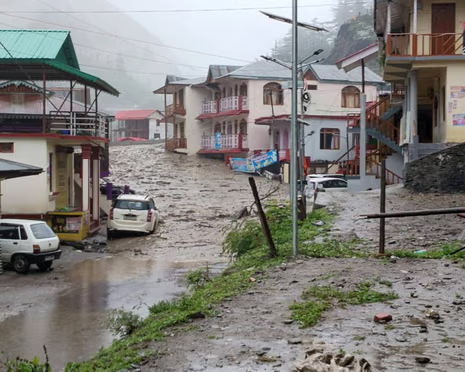
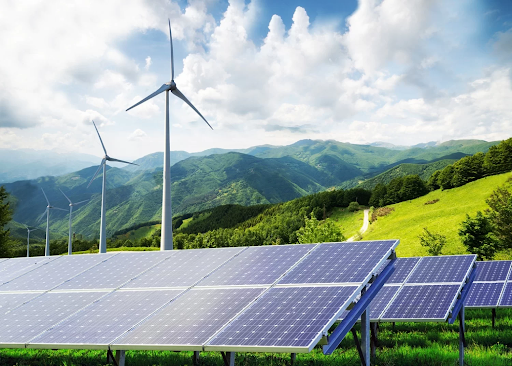

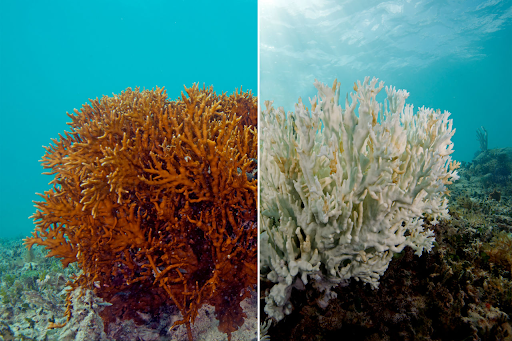
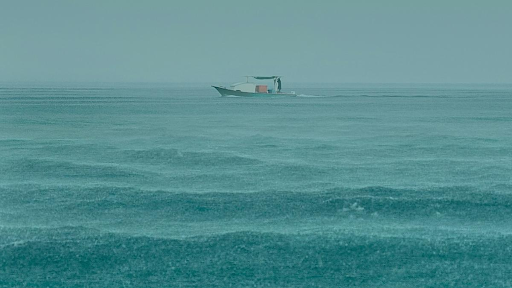
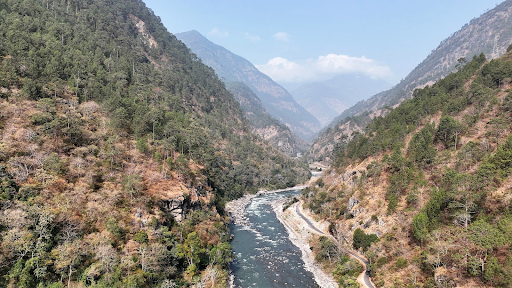

© 2025 iasgyan. All right reserved